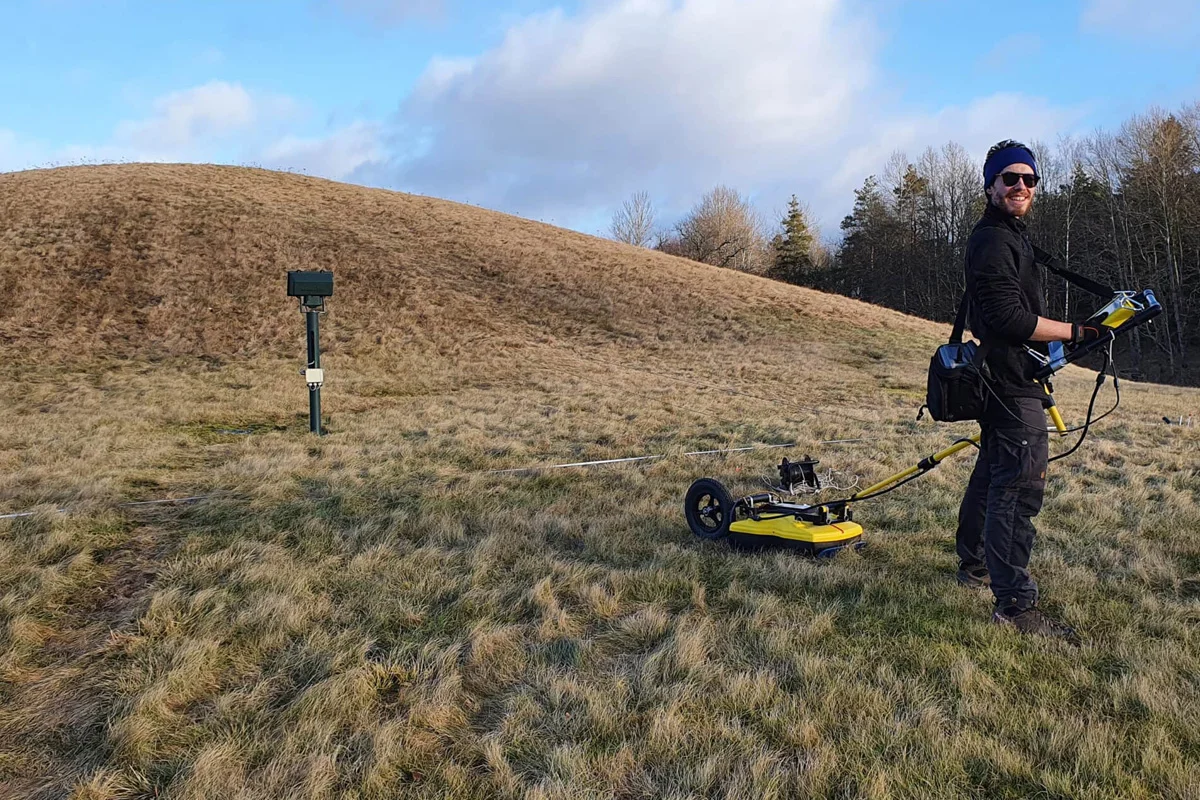Jellhaug, also referred to as Jellhaugen, is the second largest mound in Norway and ranks among the most substantial ancient earthworks in the Nordic region.
Located near Halden and the famous Gjellestad ship burial site, the mound has an oval shape and measures approximately 85 x 70 metres at its base with a maximum height of 10 metres.
According to local legend, the mound was the burial site of an ancient sea hero, where locals would often catch glimpses of the wills-o’-the-wisp, an atmospheric ghost, fairy or elemental spirit meant to reveal a hidden path or direction.
While the site was partially excavated in the 1960s, poor documentation, outdated dating methods, and the absence of human remains (despite its location near prominent burial sites), raises ongoing questions as to the mound’s intended role within the landscape.
In a new study by researchers from the Norwegian Institute for Cultural Heritage Research (NIKU), archaeologists have applied advanced ground-penetrating radar and test drilling to uncover new details about the mound’s construction and age.
Previous estimates placed the Jellhaug to between AD 350–990, but new findings suggest the mound was likely built during the Migration Period (AD 400 – 550) or the Merovingian Period (AD 481–751).
Sixteen core samples were taken from strategic positions around the mound, revealing a complex construction with layered local materials.
According to the study authors, the lack of burials may suggest that the Jellhaug served a different purpose entirely. It is theorised that “empty” mounds may have served as a ritual focus for the rites of passage, as assembly mounds, or perhaps they were raised to honour specific gods.
An ongoing analysis of the newly obtained data is expected to provide a deeper understanding of the mound’s formation and its place within the cultural and historical framework of the region.
Header Image Credit : NIKU – Lars Gustavsen
Sources : Norwegian Institute for Cultural Heritage Research





